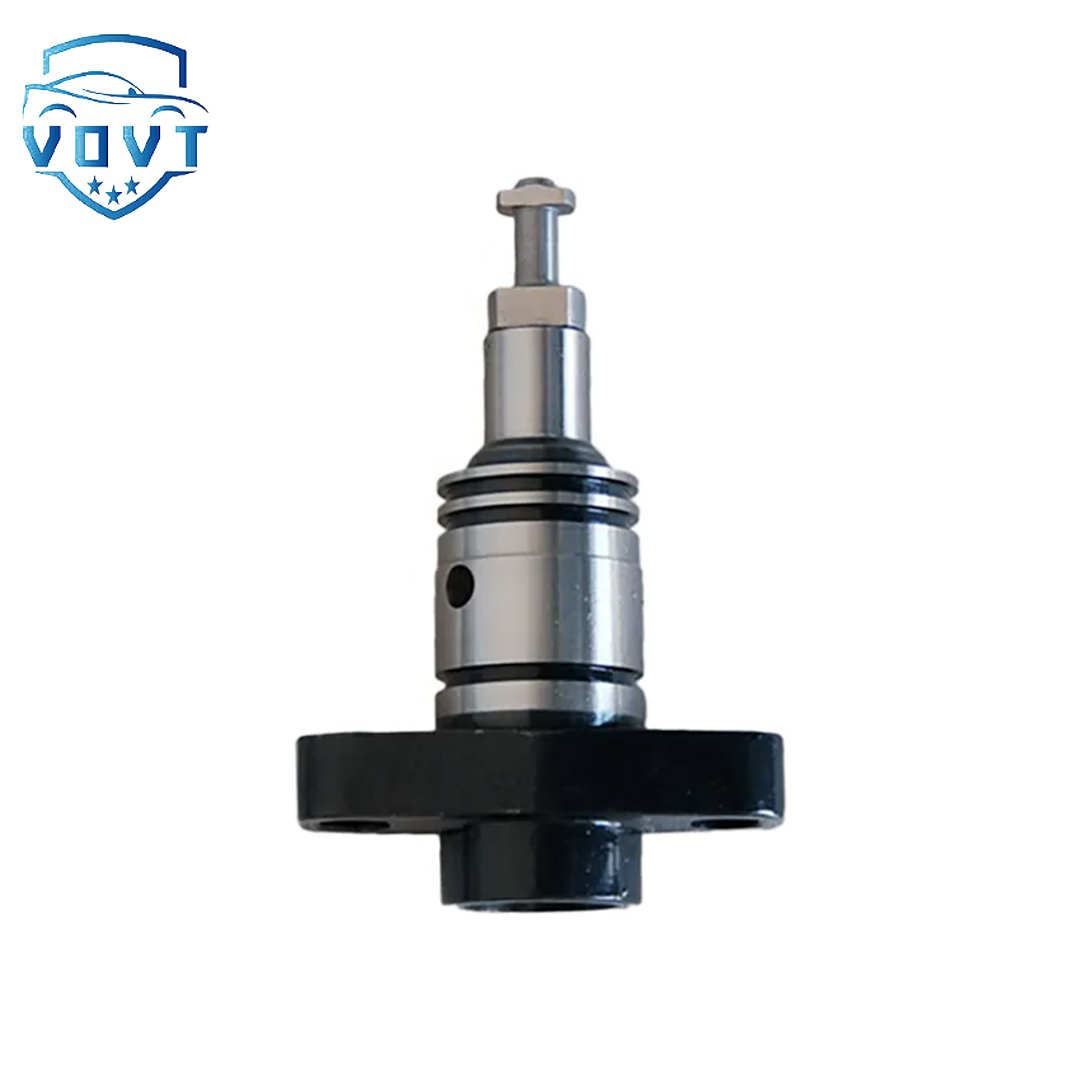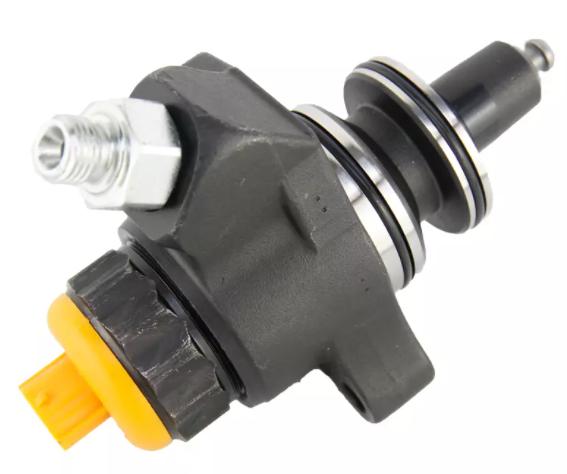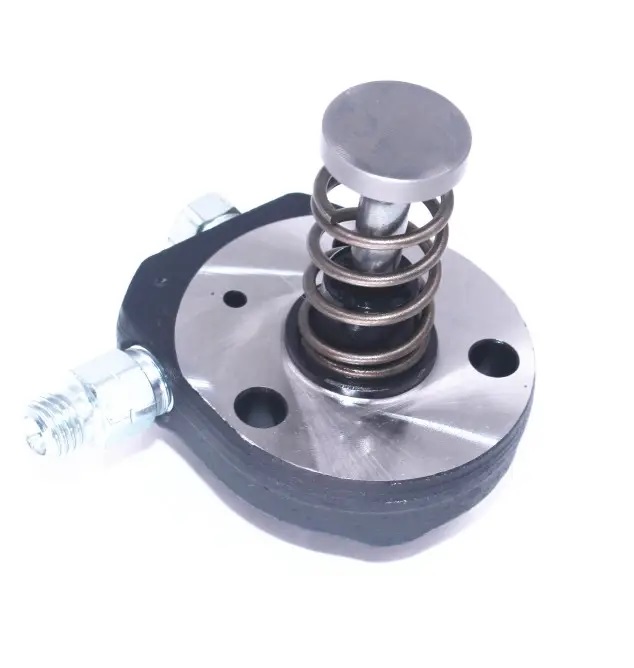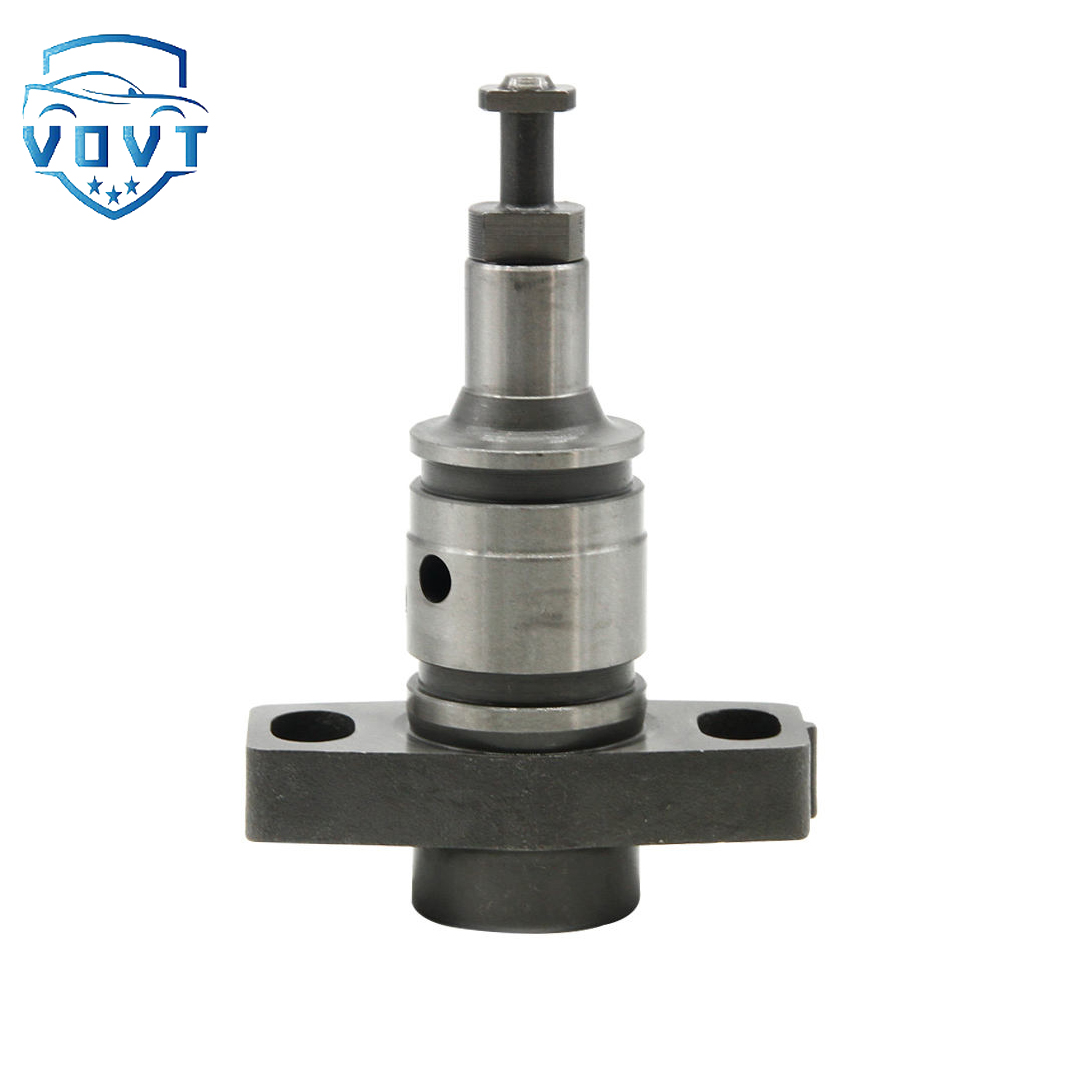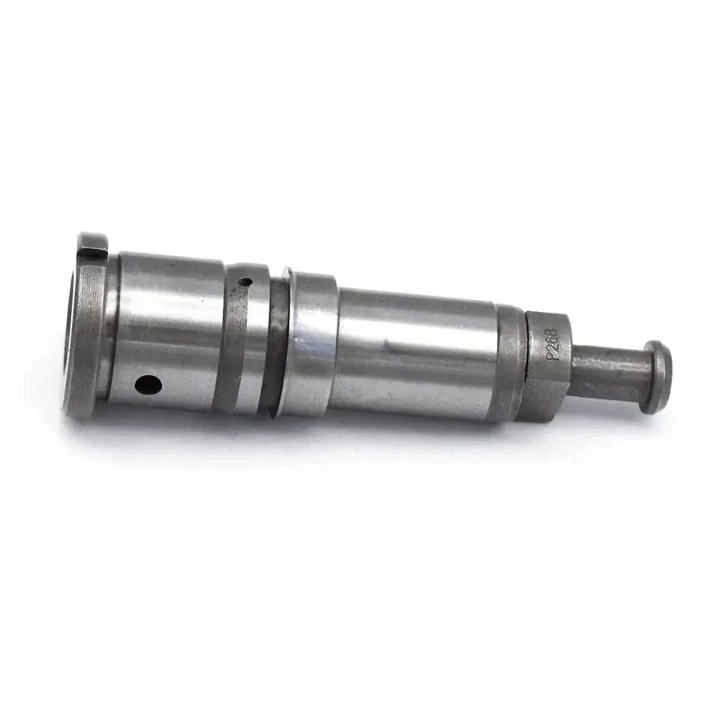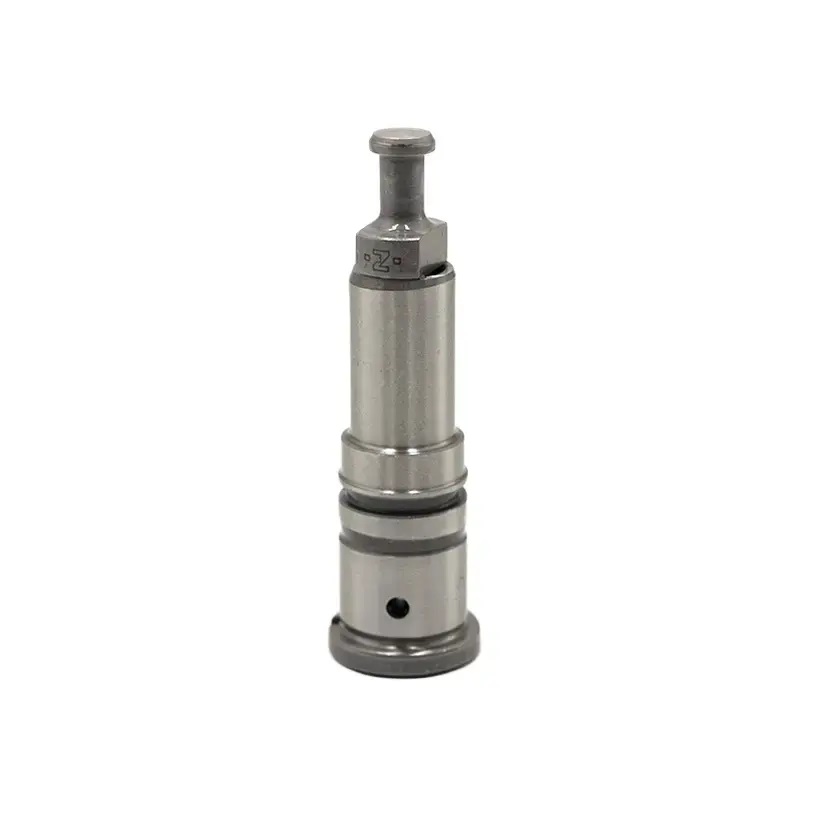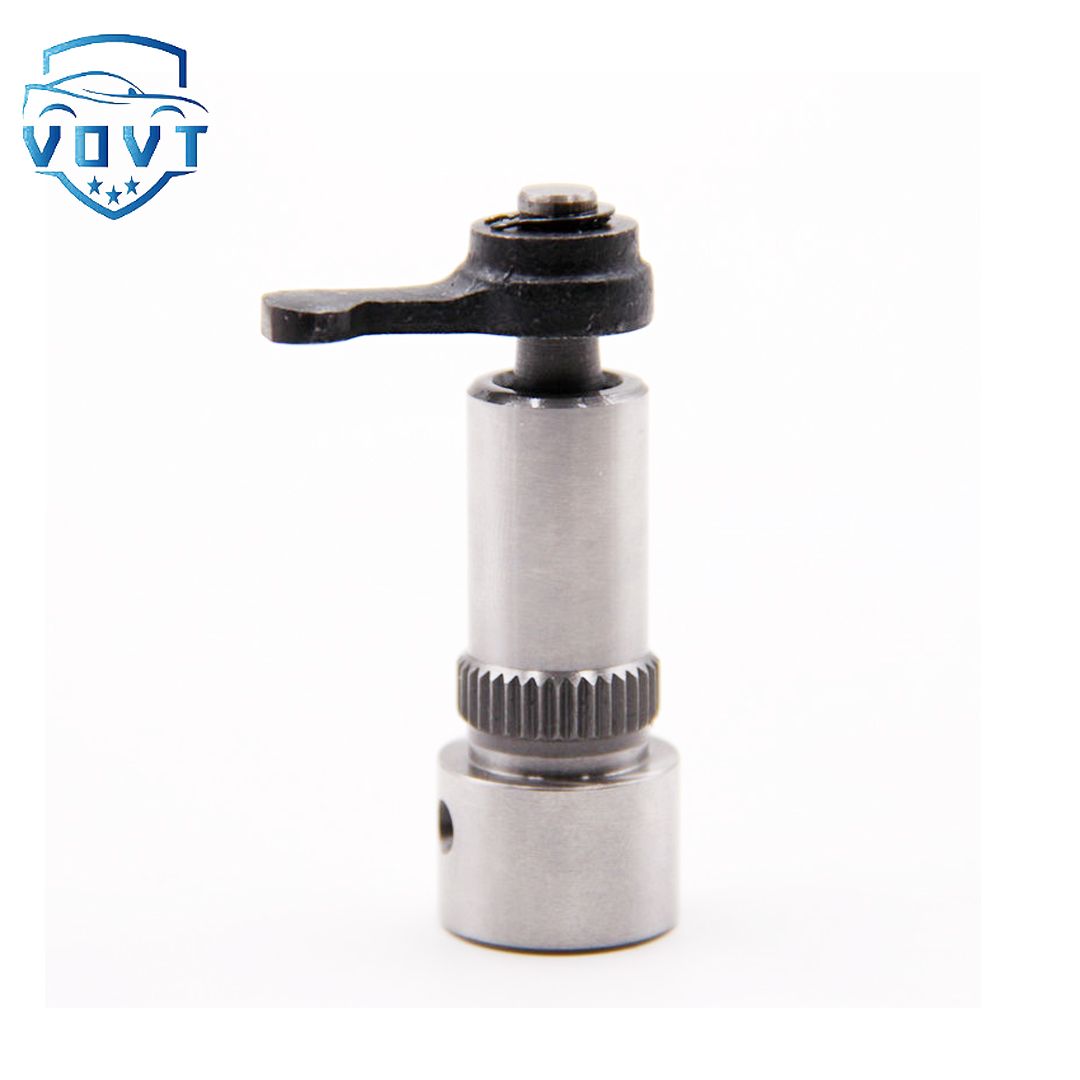Made in China Fuel Injection Pump Plunger ZHE10545Y-00 Pump Elements Engine Accessories
products description
| Reference. Codes | ZHE10545Y-00 |
| OE/OEM Codes | / |
| Application | / |
| MOQ | 5 PCS |
| Certification | ISO9001 |
| Place of Origin | China |
| Packaging | Neutral packing |
| Quality Control | 100% tested before shipment |
| Lead time | 7~15 working days |
| Payment | T/T, Paypal, Western Union or as your requirement |
Error Transmission Mechanism and Quality Control in Match Lapping of Plunger–Barrel Assemblies
1. Introduction
The plunger–barrel assembly, as a critical sealing and metering component in diesel fuel injection systems, requires extremely high machining precision. The typical clearance between the plunger and the barrel is controlled within 1–3 μm, making the consistency of surface quality and geometrical accuracy essential.
Match lapping is the key process to ensure sealing performance, wear resistance, and service life of the assembly. However, multiple error sources exist during lapping, and these errors propagate through a complex transmission chain, ultimately affecting assembly quality and injection stability.
Therefore, investigating the error transmission mechanism in match lapping and establishing effective quality control strategies is crucial for improving the performance and consistency of the fuel injection system.
2. Match Lapping Process and Error Source Analysis
2.1 Typical Process Flow
-
Pre-machining (outer grinding, honing, precision bore grinding)
-
Rough lapping (initial contact surface correction)
-
Fine lapping (uniform clearance control)
-
Ultra-fine lapping (improving surface roughness and sealing fit rate)
-
Cleaning and inspection (leakage rate, roundness, plunger sliding resistance)
2.2 Major Error Sources
-
Geometrical errors: roundness deviation, taper error, plunger waviness.
-
Equipment errors: lapping plate flatness deviation, spindle runout, positioning error.
-
Process parameter deviations: variation in pressure, speed, abrasive concentration and grain size.
-
Material-related errors: heat treatment deformation and hardness inconsistency affecting wear rate.
-
Clamping errors: plunger eccentricity, unstable clamping force.
3. Error Transmission Mechanism
3.1 Amplification Effect of Contact Stress and Material Removal Law
Material removal during lapping follows the Preston equation:
Δh=k⋅P⋅V⋅t
Local changes in pressure (P) and relative velocity (V) amplify geometric deviations, causing nonuniform clearance distribution and roundness deterioration.
3.2 Clamping Eccentricity and Tilted Clearance Transmission
Eccentric clamping leads to radial deviation that transfers directly into the lapping track, causing:
-
Localized contact pressure concentration
-
Asymmetric wear zones
-
Uneven clearance, resulting in “tight top–loose bottom” or partial sticking
3.3 Accumulation of Errors Due to Parameter Instability
-
Abrasive grain size variation → micro-waviness
-
Unstable slurry flow → temperature gradients → uneven thermal deformation
-
Localized wear of lapping plate → systematic shape error
These errors accumulate across lapping cycles, reducing final matching accuracy.
3.4 Migration of Errors Caused by Material Hardness Gradient
Differences in hardness between the plunger and the barrel produce inconsistent lapping rates, causing:
-
Slight taper formation
-
Mismatch in micro-geometry
-
Drift of sealing band location
4. Quality Control Methods
4.1 Pre-Compensation of Errors Before Lapping
By predicting error evolution through modeling, compensation allowances can be introduced before lapping, effectively minimizing final deviation.
4.2 Online Clearance Measurement and Monitoring
Using pneumatic gauges and laser displacement sensors during lapping enables real-time monitoring of:
-
Roundness evolution
-
Coaxiality drift
-
Wear-rate distribution
-
Clearance curve trends
This enables a transition from “experience-based control” to “data-driven precision control.”
4.3 Closed-Loop Lapping Control of Pressure and Speed
A servo-controlled system achieves:
-
PID-based pressure stabilization
-
Closed-loop rotational speed control
-
Temperature control of abrasive slurry
This stabilizes material removal rate and reduces error propagation at the source.
4.4 Adaptive Lapping Plate Dressing
Online dressing maintains plate flatness and minimizes systematic geometric errors.
4.5 Quality Classification and Match Pairing
Final pairing based on measured data includes:
-
Clearance-level grouping
-
Weighted matching based on roundness deviation
-
Consistency screening for performance matching
This improves assembly uniformity and enhances the stability of the fuel injection system.
5. Conclusion
The match lapping of plunger–barrel assemblies involves clamping errors, loading variations, material removal dynamics, and thermal effects—all tightly coupled. This paper analyzes major error sources and their transmission patterns, and proposes strategies including pre-compensation, online measurement, closed-loop control, and adaptive lapping plate dressing. These methods effectively reduce matching errors and improve sealing performance and metering accuracy of plunger–barrel assemblies.




























